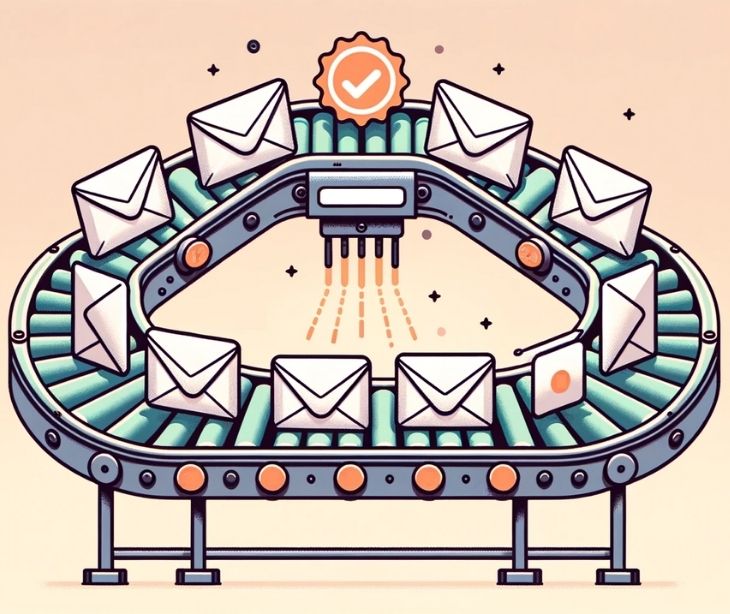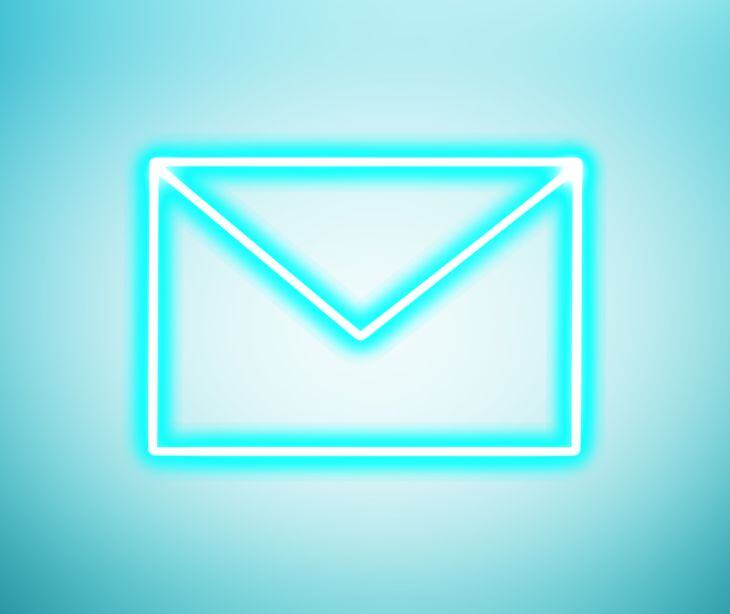
Whitelisting means marking a healthcare provider's email address as trusted, ensuring that communications like appointment reminders, test results, and health tips consistently reach the patient's inbox rather than getting filtered into spam or other folders. By encouraging this, providers can maintain uninterrupted digital communication with their patients.
The purpose of whitelisting in healthcare email communication
When patients whitelist healthcare organizations' email addresses, they indicate that they trust the sender and consider the messages legitimate. This guards against emails being lost in spam folders or undelivered, ensuring patients receive timely and essential healthcare updates and communications. Healthcare-related emails, such as patient information, appointment reminders, test results, and other critical communications, will reliably reach their intended recipients. In the healthcare sector, where data privacy and security are especially necessary, whitelisting is a surefire way to establish a trusted channel for sending sensitive information.
How to encourage patients to whitelist emails
- Have a consistent sender identity: Maintain a consistent sender name and address across all communications to establish trust. Patients are more likely to whitelist an address they recognize.
- Familiarize patients: Patients should be informed about email communication policies, and making them aware of whitelisting helps establish clear expectations. Healthcare organizations should use alternative methods to communicate this, whether it is in person, by phone call, or HIPAA compliant text messaging.
- Send a welcome email: Include a friendly request in welcome emails, asking patients to whitelist the sender's email address. Explain the benefits of whitelisting, such as ensuring they receive health updates.
- Assure patients of HIPAA compliance: Emphasize that whitelisting is a secure method for receiving healthcare-related information while remaining compliant with HIPAA regulations. Assure patients that their data is protected and private by making them aware HIPAA compliant email marketing is being used.
- Provide custom whitelisting instructions: Send patients tailored instructions to match the email client or platform the patient is using to ensure they understand how to whitelist emails. Provide specific steps for popular email services like Gmail, Outlook, and Apple Mail.
- Utilize personalization: Use personalized email content to connect with patients on a more individual level. Patients are more likely to engage with emails when they feel a personal connection with the sender.
- Provide patients rapid support: Provide responsive support channels for patients who encounter issues while whitelisting. A reliable support system can enhance patient confidence and satisfaction. This could include technical support channels through email or text messaging to provide basic assistance.
See also: What makes email marketing HIPAA compliant?
The challenge with requesting patients to whitelist emails
Requesting patients to whitelist emails helps healthcare communications reach their intended recipients. However, the challenge lies in effectively conveying the importance and process of whitelisting to patients. Many patients may not be tech-savvy and could find concepts like "whitelisting" unfamiliar and intimidating. The healthcare provider's responsibility is to share this information in a patient-friendly and comprehensible manner.
Subscribe to Paubox Weekly
Every Friday we'll bring you the most important news from Paubox. Our aim is to make you smarter, faster.




